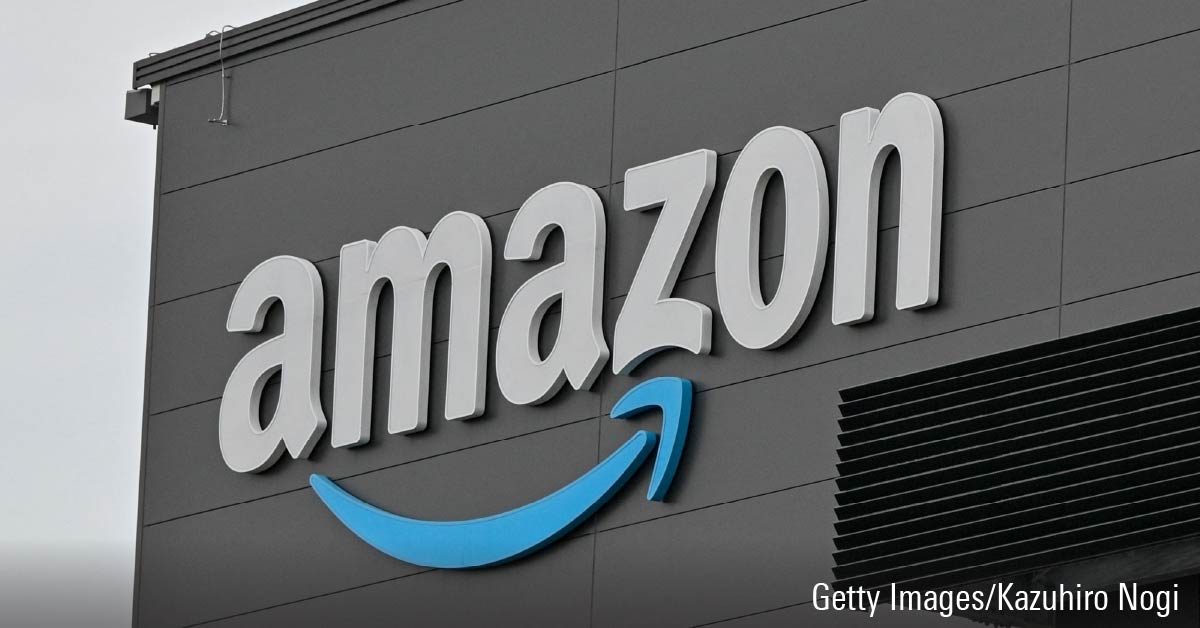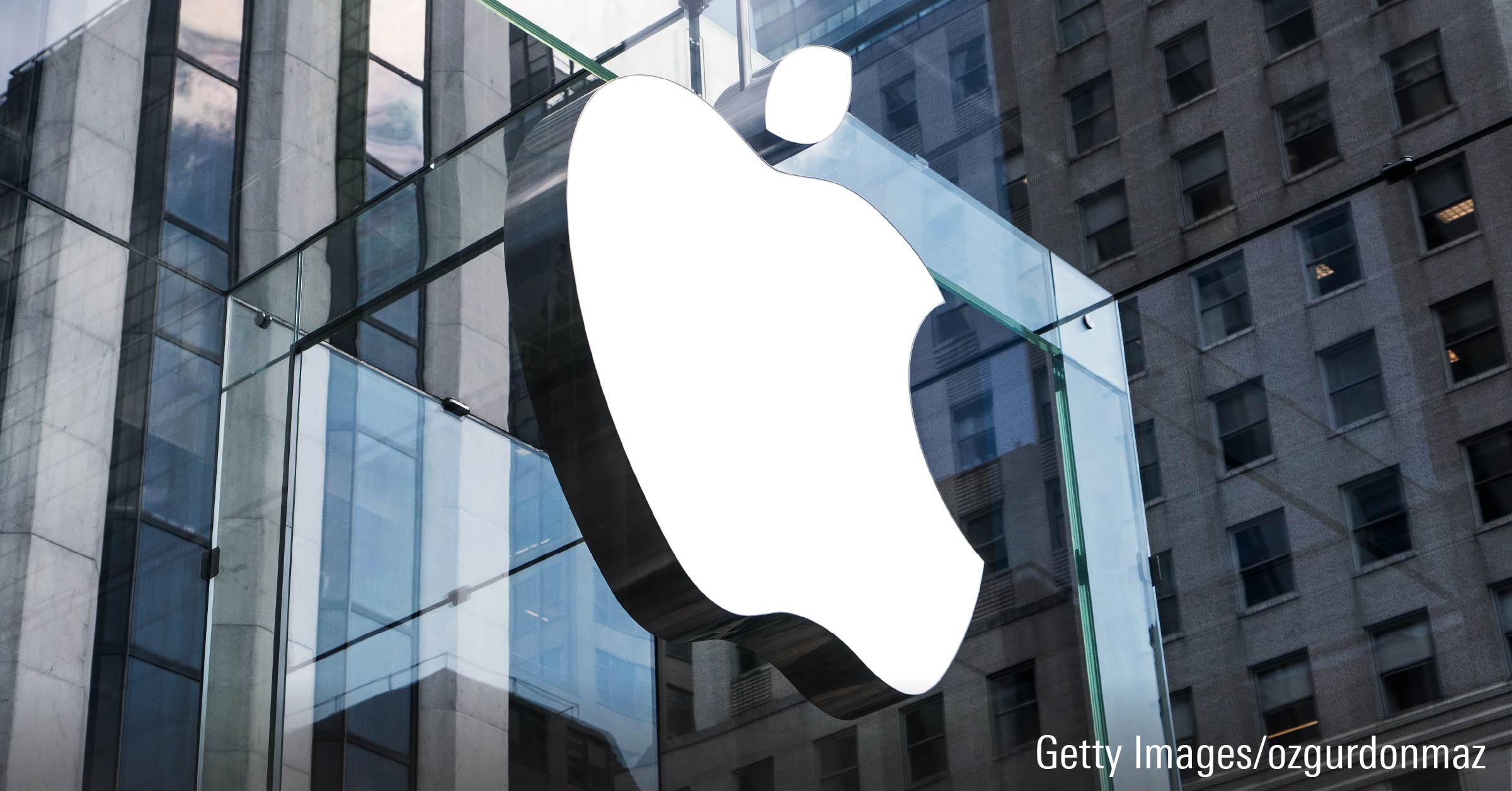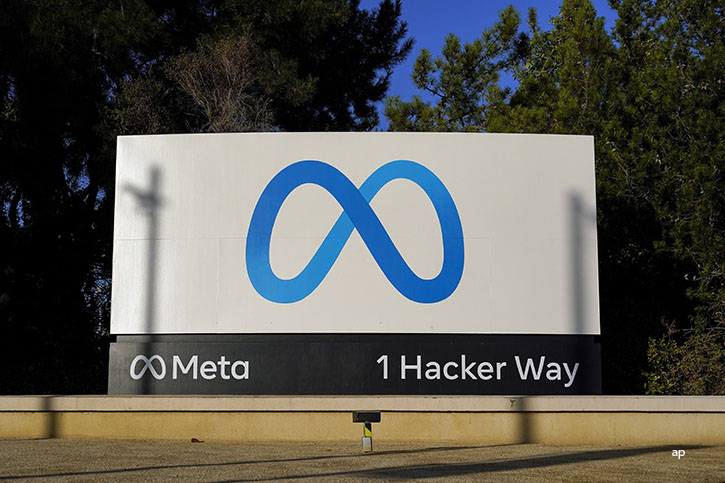Where do you invest? I don’t mean the stocks and funds you hold, but how you buy them – are you a telephone trader or have you woken up to the benefits of online fund supermarkets?
Fund supermarkets are online platforms for retail investors to trade stocks, ETFs, funds and bonds. The internet has helped make investing more accessible; before fund supermarkets where introduced 20 years ago, you had to contact each fund provider individually to purchase or sell units. Not only would this be time consuming – it would also cost you a packet, as each asset manager would charge you an initial fee up to 5% and an administration charge.
Now, most fund supermarkets waive the initial fee – and some drive down the annual charge too, thanks to trading volumes.
Trading Made Easy
When they were first introduced investors could not move assets between fund supermarkets; if you wanted to take your custom elsewhere you had to sell your holdings on one platform, crystallising losses and triggering a tax implication for gains, and buy them on another. But then that changed, and the ability to move assets between platforms heated up the competition and drove down prices.
Who to Choose?
The market is dominated by three main players, Hargreaves Lansdown, Fidelity Personal Investing and CoFunds, but there are a number of increasingly popular alternatives. Investors can now choose a platform based on the service that suits them – pared back, DIY, cheap and cheerful, or a hands-on premium service with accessible guidance.
Steven Nelson, research manager at financial services consultancy the lang cat, says that it is vital investors understand exactly what it is they are looking for in an investment platform – cost is only one aspect of this.
“How often you trade, how much guidance you need with investment decisions, how important a big brand is to you and how much emphasis you place on a shiny website are other questions you should get to the bottom of before making your choice,” he said.
“On the cost side, trading frequency is a key consideration, especially when you’re investing in stocks and shares as opposed to funds. Many of the major platforms offer deals for frequent or regular trading, so it’s well worth making sense of these as you’re making your choice.”
The lang cat has compiled a table for ISA investors’ consideration of where they think the most appropriate platform is depending on your requirements. The table is based on 10 trades annually, five buys and five sells and shows ongoing annual costs, including core platform charges and any wrapper charges.
The only exception in the table is iWeb, which charges £200 to open an account which the lang cat says is too large to ignore. However, this will not apply from year two onwards.






























